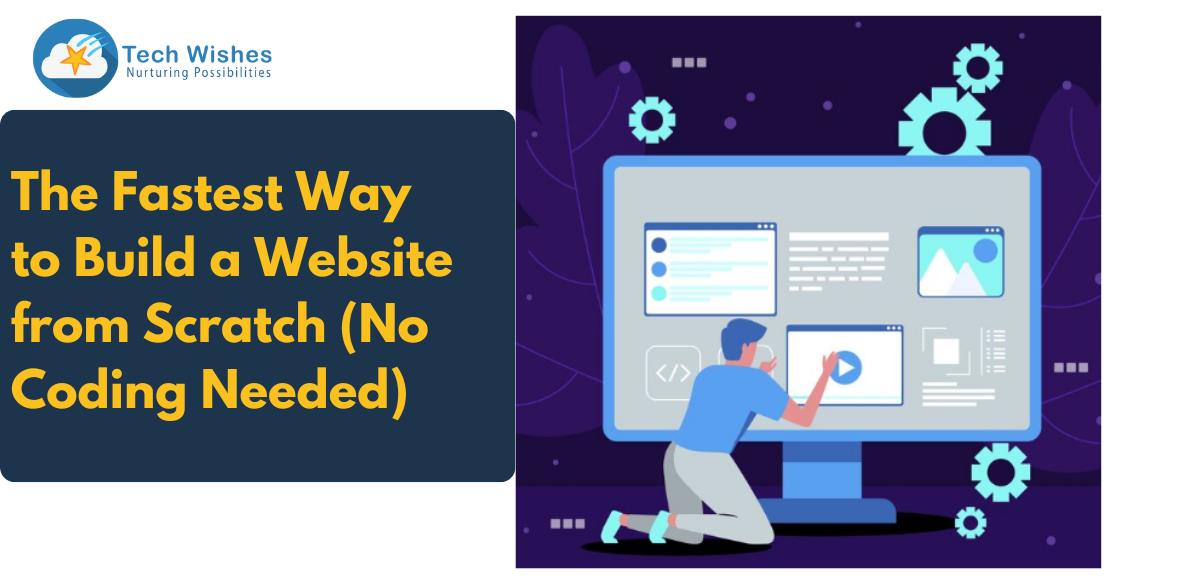Upgrading your online store to Shopify 2.0 is not a necessary step. If the older Vintage version makes it easier for your business needs, good for you.
However, if the goal is to take advantage of some of the new features Shopify has to offer, you might want to upgrade to OS 2.0, i.e, Online Store 2.0.
But before that, let us help you understand what Shopify 2.0 is, and how it benefits the Shopify experts as well as the merchants.

What is Shopify 2.0?
Shopify 2.0 is the next-generation theme engine and is here to significantly change Shopify’s eCommerce platform experience. In Shopify Unite (2021), they announced a new Customizer experience called Online Store 2.0, with an objective to make commerce better than ever.
How it helps the developers? The update allows easy theme creation and built-in features for technical improvement. Hence providing extended customization options for the merchants to benefit from.
We are aware of how Shopify rules at being the most functional eCommerce platform, helping businesses scale, big and small. However, the urgent need for more customization features ends with the launch of Shopify 2.0.
Let us discuss how we can benefit from this upgrade, the new tools and features, and what the Shopify experts in India have to say about the upcoming possibilities…
Let’s talk about: Benefits of Upgrading to Shopify 2.0
Theme Architecture Update: Sections Everywhere
The new architecture update allows Shopify developers to create themes and integrations that are customizable, like Sections on every page.
Prior to Online Store 2.0, the flexibility of Sections was limited to homepages only, making it difficult for merchants to portray their businesses better. It would require elaborate code edits, block creations, or custom apps to do something similar.
With OS 2.0, merchants themselves can add sections to every page, unlock better opportunities and add a personal touch. All this, without the knowledge of coding, or help from a developer. This feature also advantages the marketers as they revamp content and layout to meet the everchanging digital space.
Upgraded performance
The new architecture update allows all Shopify 2.0 layouts to load faster than they did. This promotes a bit of a cool-off for merchants with the website speed, and Core Web Vitals in mind. It also adds bonus points to user experience, improved conversion rate, and SEO. Even the Checkout loads faster than it did in the Vintage version.
[Read Also: What is eCommerce Conversion Rate?]
A default reference theme has been introduced by Shopify as well, named Dawn. The theme coheres to the new OS2.0 standards: minimized Javascript, and loads 35% faster than Debut (the previous default theme).
Theme app extensions and app blocks
Along with sections everywhere, apps can now be integrated easily and placed anywhere and everywhere. The Shopify 2.0 architecture allows apps to designate sections and blocks directly in the customizer. Before this, there was no end-to-end roadmap for apps to be integrated into themes. Shopify experts would have to build integration logic for every theme and host the assets, creating a bottleneck for feature fluidity across themes.
As we speak, developers can extend apps into merchant themes via app blocks with Shopify 2.0. The UI components can be added, removed, altered, or configured within the Customizer with these blocks, without the need to touch the theme’s code. This also means easy clean-ups and goodbye to ghost codes.
And with Shopify CLI, theme app extensions can be easily created and published; even updated with versioning.
Content Flexibility with Metafields
Shopify theme developers can now use dynamic sources to insert metafields and resource properties as default in OS 2.0. Hence, no longer the need to code the metafields into the theme, and use APIs for product page change.
This will allow merchants to play with metafields and properties, and add suitable content to their product pages. In short, anything that’s missing can be added via metafields.
From a development point of view, these revamped metafields will offer added flexibility and tailored solution for commerce data. Also, simpler custom themes would perform outstandingly in a variety of markets.
Theme Editor enhancements
Notable enhancements made to the theme editor will empower both merchants and developers; here’s how…
The editor is now enhanced with a tree view in the sidebar: displaying all the content there is on a page. This allows merchants to alterations without the need to drill down every section separately. And to Shopify developers, this allows easy navigation through the editor.
The new Liquid input setting will allow merchants to add custom Liquid code, allowing further access to global and template-specific Liquid variables. Hence reducing manual code change every often.
Once a Shopify expert adds this setting to a section or a block, merchants can work around various 2.0 features without developer engagement.
Shopify 2.0 introduces new developer tools
Shopify 2.0 paves a brand new way for us Shopify developers to build apps and themes for merchants. The new suite of developer tools offers seamless development, testing, and deployment of themes.
Here’s what is new:
-
Shopify Github Integration – to track and manage theme development. On integrating online stores with the GitHub account, changes are pushed and pulled through the Github repository that is always in sync.
This also allows safe collaboration, and implementing workflows where changes are reviewed and merged before going live.
-
Shopify CLI – with more features. This now allows safe development, preview, and testing changes inside development themes. Also allows populating test data for the theme, which includes products, customers, and more.
-
Theme Check – to scan themes for errors. This language server is for Liquid and JSON and highlights Shopify Theme and Liquid best practices. This can identify issues within a theme code, and help with easy debugging. Theme Check is bundled with Shopify CLI and doesn’t require separate installation.
Are you ready to hire Shopify Experts in India?
Shopify 2.0 has a lot to offer when it comes to improved speed, upgraded tools for development, and customizable features. All of which brings your online store to the forefront, hence improving scalability.
At Techwishes, scalability is something we preach and practice. Need Shopify experts? Get in touch.



